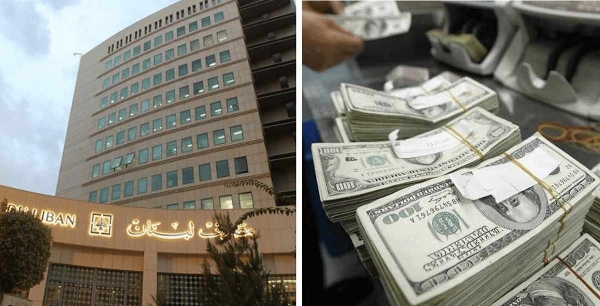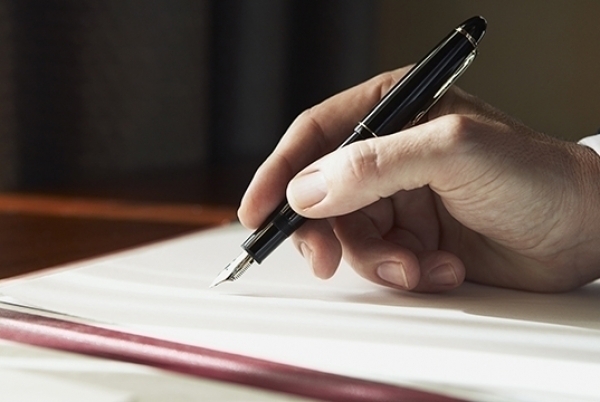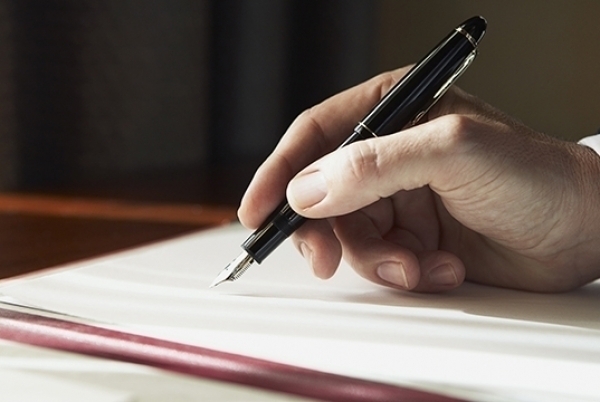Ashurbanipal’s Library : Oldest Surviving Royal Library
According to the British Museum, Ashurbanipal was himself in charge of this collection, possibly one of few kings who actually did so at the time. The king claimed being able to read both Akkadian and Sumerian script. Though his military campaigns and territorial expansion were considerable, they did not outlive him like his library did. Despite the fact that it was later buried by invaders, when discovered the library was still mostly intact. The library was one of the largest among its contemporary counterparts, and one of the few to survive until today.
The significance of this library is not only its historical content, but also the extent of its organization. Texts were organized into different rooms according to categories and each of the rooms had a tablet hung up by its entrance to indicate the subject matter of its contents. Moreover, each group of tablets came with a citation that revealed their content to readers. Ashurbanipal’s library was home to texts related to subjects ranging from history, geography, and religion, to poetry, magic and science. The library also contained texts that described the findings of spies who worked for the kingdom and a comprehensive list of rulers from that period of time. Since their discovery in the 1850s, these tablets added important knowledge to the study of the ancient civilizations. Most of them are in the possession of either the British Museum or the Iraq Department of Antiquities.
Of the approximately 30,000 cuneiform tablets that were found in Ashurbanipal’s library, 1,200 remain to be studied. Perhaps the most significant discovery was the “Epic of Gilgamesh”. Also found among the tablets is the “Epic of Creation”- also called the Enuma Elish- or how the Babylonians believed the creation of the world to have taken place. The god Marduk slays the goddess of the Ocean, or the goddess of salt water, Tiamat. From her slain body he creates the world. Man, on the other hand, was created from the blood of Qingu, another mythical god, the son of Tiabat, who was also slain by Marduk. His blood was mixed with the earth to create the first man.
The University of Mosul, in a joint project with the British Museum, has picked up plans that it had put to a halt before the 2003 invasion of Iraq to recreate this library. As it is probably the first library to which the characteristics of a modern library could be attributed, its legacy is definitely worth preserving. With much of Iraq’s heritage destroyed during the US invasion, the preservation of museums, ruins, libraries and historical documents should be granted worthy attention. What Iraq lost of its heritage during the war may not be retrievable, but one can learn from this experience to initiate a new approach to heritage preservation. Conservation efforts should be all-encompassing and not only limited to times of conflict, without undermining the need for increased security.








Leave A Comment